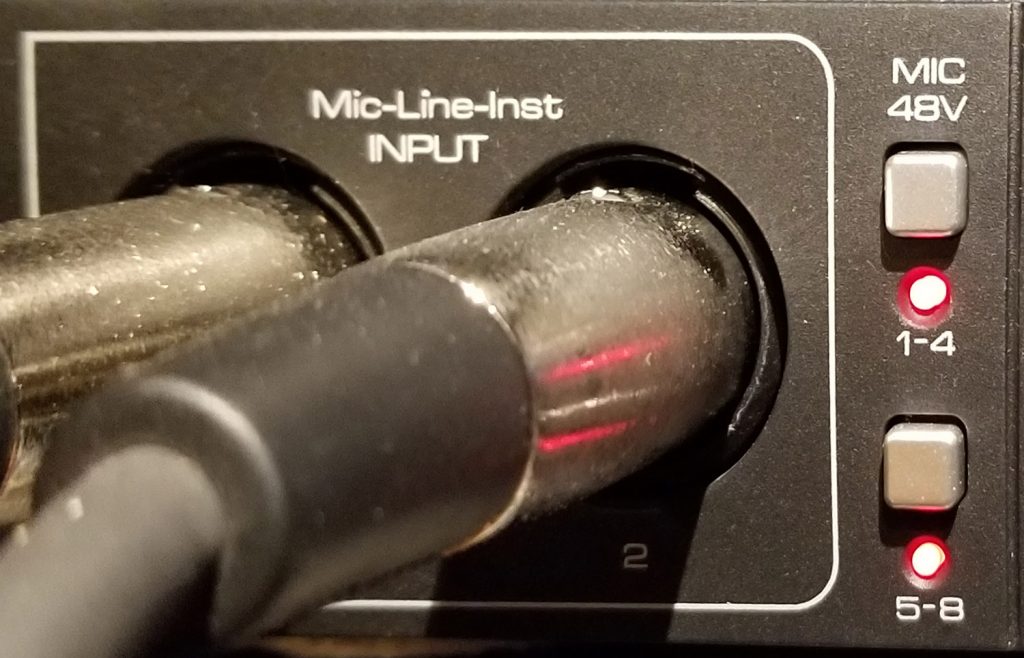Phantom Power

The condenser microphones developed by Neumann and AKG in the 1940s and 1950s were an innovation for the quality of broadcast and recorded sound. But the capsule of the microphone required a bias voltage and an impedance transforming vacuum tube amplifier inside the microphone. The filament voltage and plate voltage requirements of the microphone, along with the bias voltage for the capsule, required a bulky power supply attached to the microphone through a heavy multi-conductor cable.
In the mid-1960s, the invention of the solid-state FET (field-effect transistor) paved the way for getting rid of the vacuum tube, and it’s associated hefty power supply. Neumann introduced its solid-state KTM microphone 1965. The microphone ran on batteries.
But shortly after, in 1966, with the KM 84, Neumann introduced Phantom Power.
Phantom powering was used for many years in the telephone service, and Neumann adapted it for its microphones. In a phantom power circuit, the positive side of the direct current supply is applied through two same-value resistors to the two signal lines of a balanced audio connector (in modern equipment, both pins 2 and 3 of an XLR connector). The negative side of the power supply is connected to the ground pin of the connector (pin 1 of an XLR). This is then connected to the cable shield or ground wire in the cable or both. Since the same voltage feeds each of the signal lines through matched resistors, no DC voltage is present between the signal wires. The resistors are of high enough value that they don’t affect the impedance of the audio circuit.
Neumann introduced the phantom-powered U87 in 1967.
I bought my first FET condenser microphones in 1974, a pair of Sony ECM22Ps. These microphones were capable of running off of phantom power, but I ran them off of internal batteries because very few mixers and preamps provided phantom power. By the mid-1980s, phantom power was standard on most mixers and microphone preamps.
There are three different voltage specifications for phantom power, P12, P24 and P48, 12 volts, 24 volts, and 48 volts, respectively. By far the most common voltage is 48 volts and this used on almost all new equipment. The current supplied to each microphone line should be at least 10 mA.
In the P48 voltage spec, the power is supplied to each balanced microphone line through 6.81K matched resistors. The spec recommends that the resistors be matched to within .1 % To maintain excellent common-mode rejection on your microphone line.
USAGE OF PHANTOM POWER
- Phantom powering is not always implemented correctly or adequately, even in professional-quality preamps, mixers, and recorders, especially older equipment. So always check the voltage and current requirements of your microphones and the phantom power voltage and current on preamplifiers, mixers, and especially portable recorders.
- It is possible, but not likely that you can damage a ribbon or dynamic microphone by applying phantom power, especially if there is a wiring error or short in the cable. So why take a chance? Disable phantom power to devices that don’t require it.
- I’ve never seen it happen, but in rare cases, damage to a condenser microphone might occur if you plug it in with phantom power applied to the line. It is good practice to shut off phantom power when plugging and unplugging microphones.
- Some ribbon microphones and even a few dynamics are being built with internal preamplifiers and thus require phantom power, make sure you are aware of this.
